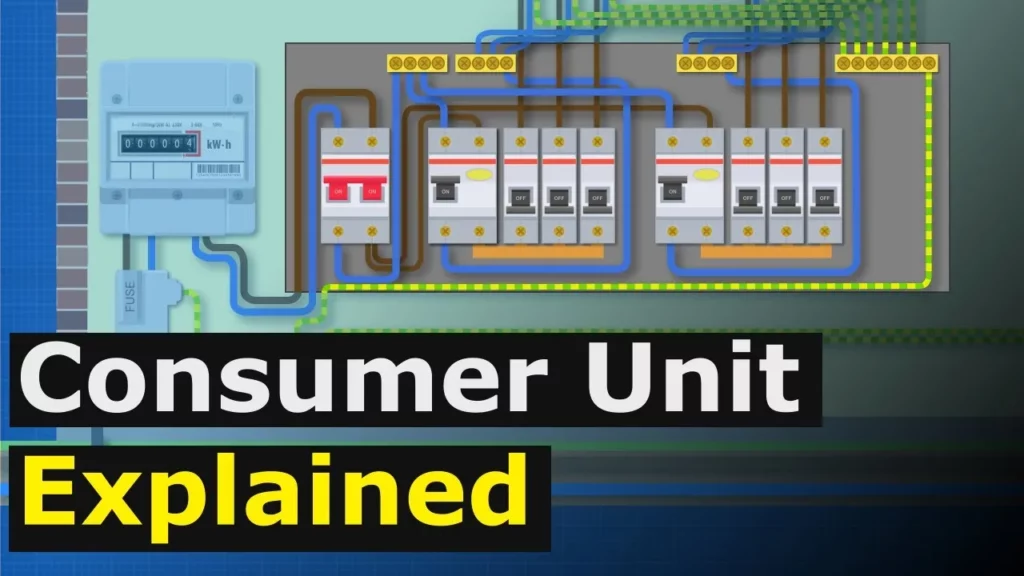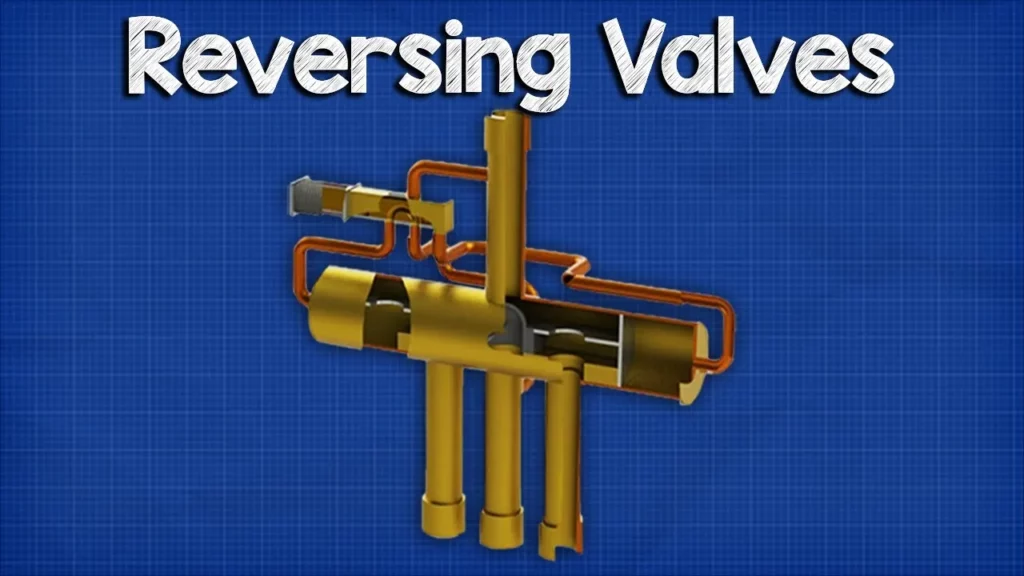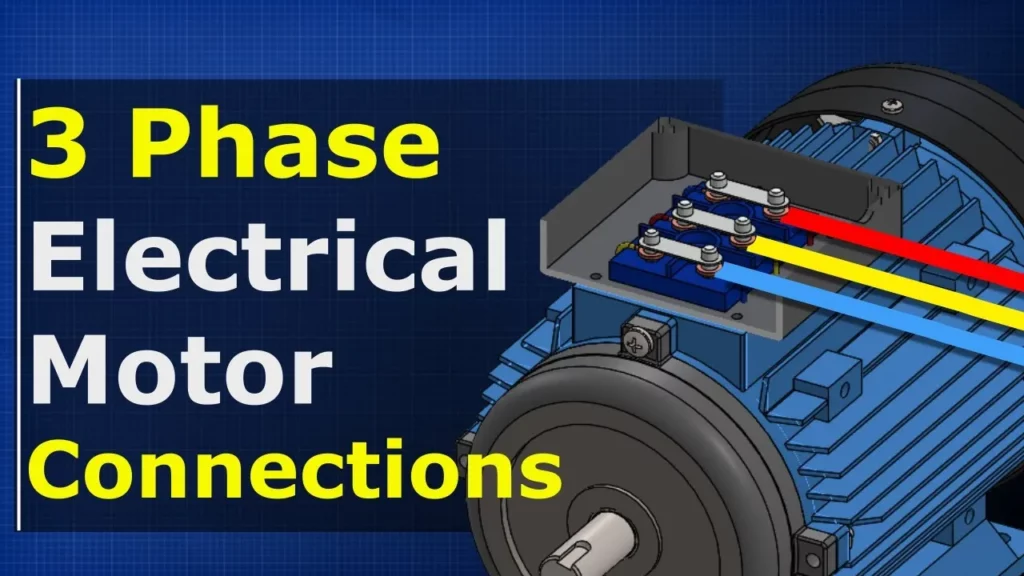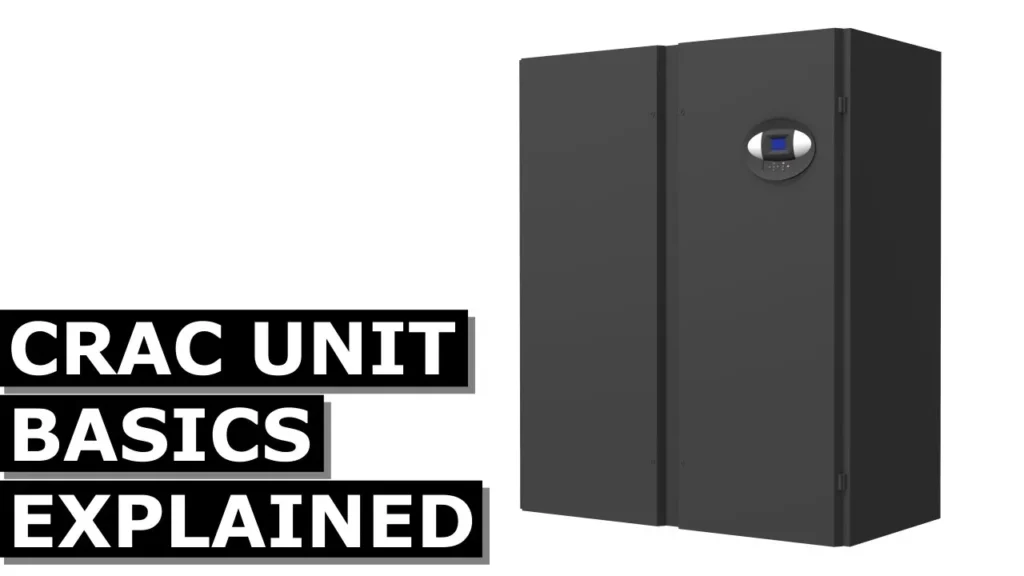Chiller – Surge

This lesson on chiller surge provides an overview of the mechanics behind chillers in HVAC systems, highlighting the critical role of the compressor and the concept of “chiller lift.” It explains that chiller surge occurs when condenser pressure exceeds the compressor’s capacity, leading to potential damage, and identifies contributing factors such as cooling tower issues and flow restrictions. To prevent surge, strategies like installing variable speed drives and utilizing hot gas bypass systems are recommended, emphasizing the importance of understanding and addressing these issues for optimal chiller performance.
How ELECTRICITY works – working principle

In this lesson, we explored the fundamental concepts of electricity, starting with the structure of atoms and the distinction between conductors and insulators. We learned how electricity flows through circuits, the roles of voltage, current, and resistance, and the relationship between magnetism and electricity. Additionally, we discussed the differences between alternating current (AC) and direct current (DC), setting the stage for further exploration of their applications and implications.
Consumer Unit Explained – Fuse Board

This lesson provides a comprehensive overview of consumer units, or fuse boards, emphasizing the importance of safety and proper handling of electrical systems. It details the journey of electricity into a home, the roles of various components such as the main switch, RCDs, and MCBs, and highlights the significance of earth cables for safety. Understanding these elements is crucial for anyone working with or managing electrical systems, as it helps prevent dangerous situations and ensures efficient electricity distribution.
Reversing valve – Heat Pump. How it works, Operation.

The lesson on the reversing valve in heat pumps explains its crucial role in enabling the system to switch between heating and cooling modes by reversing the flow of refrigerant. The valve consists of a four-port design with internal components that direct refrigerant flow based on the activation of a solenoid coil, allowing for efficient operation in varying climate conditions. Understanding the function and operation of the reversing valve is essential for comprehending how heat pumps maintain comfortable indoor temperatures.
How Lead Acid Batteries Work: A Simple Guide

The lesson explains the fundamental workings of lead acid batteries, emphasizing the chemical reactions between lead, lead oxide, and sulfuric acid that generate electrical energy. It details how these reactions create a flow of electrons, powering devices, and describes the recharging process that restores the battery’s functionality. Additionally, it highlights the importance of maintaining the battery to prevent degradation and ensure optimal performance.
Capacitors Explained – The basics how capacitors work working principle

This lesson provides an overview of capacitors, explaining their function as energy storage devices that can charge and discharge quickly, unlike batteries. It details the internal structure of capacitors, their operation in electrical circuits, and their various applications, such as stabilizing voltage, filtering noise, and converting AC to DC power. Understanding capacitors is essential for anyone working with electronics, as they play a crucial role in ensuring efficient and reliable circuit performance.
How Filter Driers Work – HVACR

This lesson focuses on the importance of filter driers in HVACR systems, highlighting their role in filtering and drying refrigerants to protect against moisture and contaminants that can damage system components. It emphasizes the need for regular maintenance and monitoring, including periodic replacement of filter driers, to ensure optimal system performance and longevity. Understanding the components and functionality of filter driers is essential for maintaining the efficiency of refrigeration systems.
Electrical Motor Connections

This lesson covers the electrical connections of three-phase induction motors, focusing on the configurations used to connect them: delta and star (Y). It explains how the arrangement of terminals within the motor’s electrical terminal box facilitates the generation of a rotating electromagnetic field, which drives the motor. By comparing the two configurations, the lesson highlights their respective voltage and current characteristics, emphasizing the importance of selecting the appropriate setup for optimizing motor performance in various industrial applications.
How Receptacles Work – The basic working principle explained grounding

This lesson explains the functioning of electrical receptacles, detailing their components, wiring methods, and the critical role of the ground wire in ensuring safety. It emphasizes the importance of proper wiring techniques and the potential hazards associated with electricity, advocating that only qualified individuals should perform electrical work. Additionally, the lesson covers concepts such as switched receptacles and the distinction between alternating current (AC) and direct current (DC), providing a comprehensive understanding of how receptacles operate within electrical systems.
Computer Room Air Conditioning – How do CRAC units work?

The lesson on Computer Room Air Conditioning (CRAC) units emphasizes their critical role in maintaining optimal temperatures in data centers by managing the heat generated by servers. It covers the functionality of CRAC units, the different types (chilled water and direct expansion systems), and best practices for optimizing cooling efficiency, such as proper server alignment and airflow management. Additionally, advanced cooling strategies like hot and cold aisle containment are discussed to enhance cooling effectiveness and prevent heat recirculation.